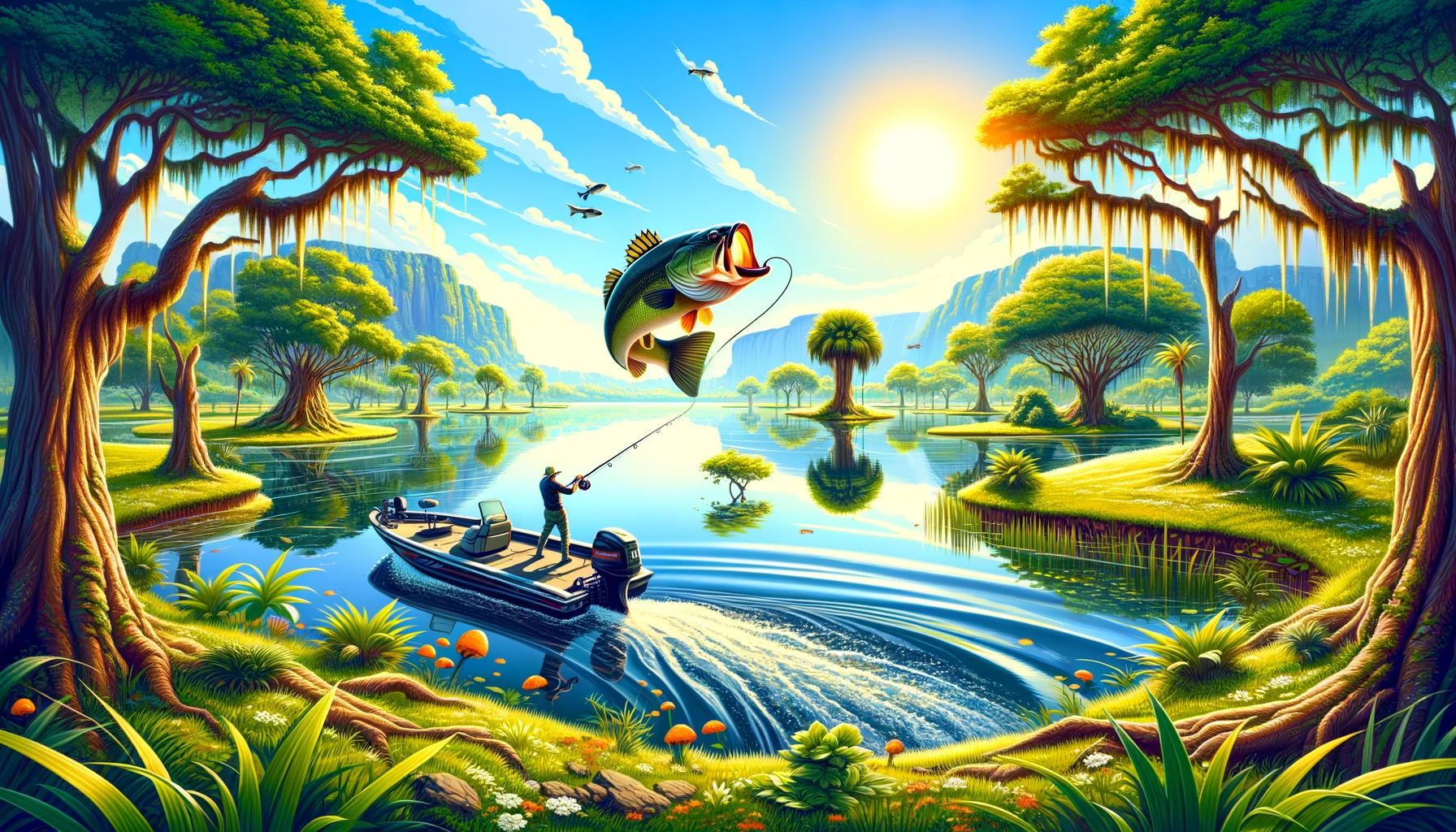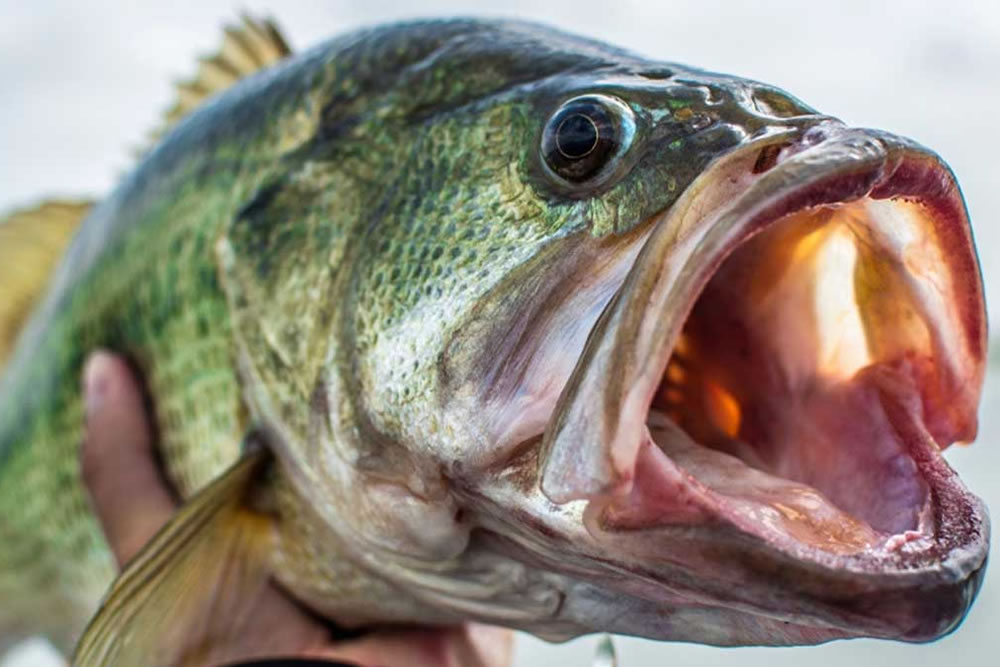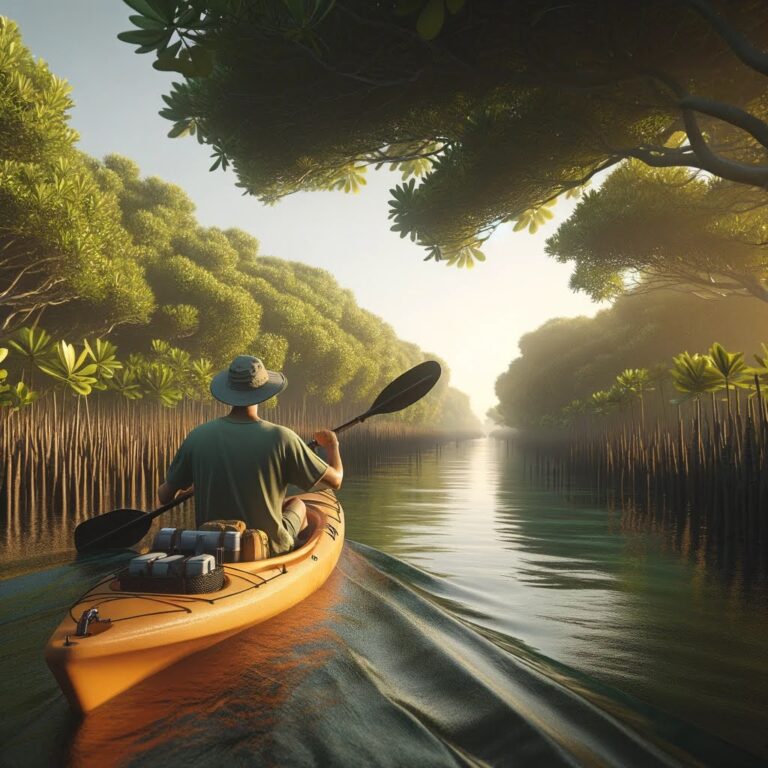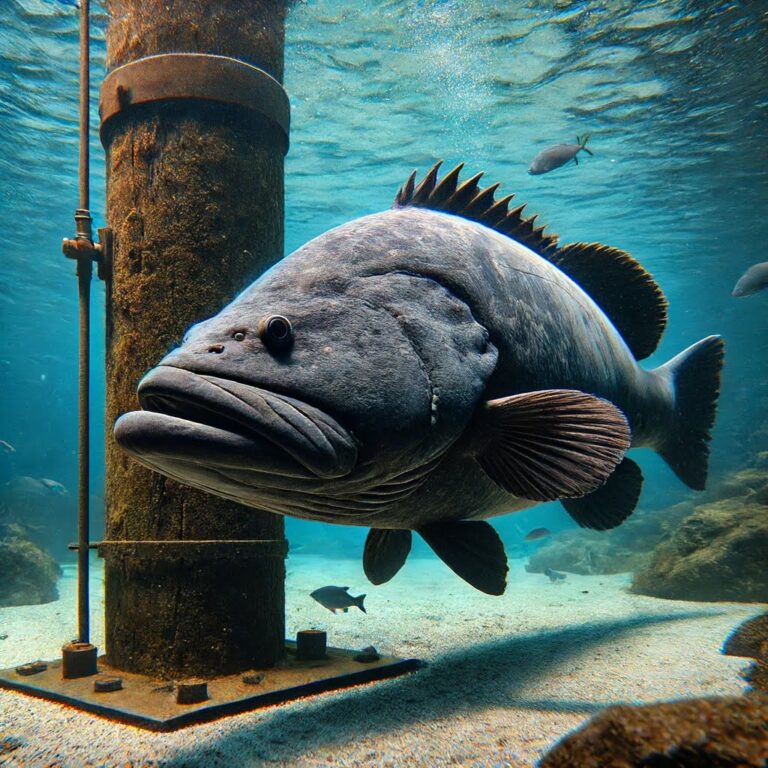Summertime Bass Fishing in Florida: 6 Tips and Techniques
Summertime in Florida is a unique season for bass fishing.
The Sunshine State’s warm waters and lush environments create a perfect habitat for largemouth bass, making it one of the best places in the country for anglers to test their skills.
But, as any seasoned angler will tell you, summertime bass can be a bit tricky to catch.
The heat, changing water levels, and varying fish behavior require a strategic approach.
This comprehensive guide will dive into the ins and outs of Bass Fishing in Florida during the sweltering summer months.
Understanding Summertime Bass Behavior
(image source: iOutdoor.com)
Before diving into specific techniques, it’s crucial to understand the behavior of bass during the summer.
These fish are not only influenced by the warmer temperatures but also by the availability of food and changes in their habitat.
Water Temperature and Oxygen Levels
Bass, like many fish, are highly sensitive to changes in water temperature.
During the summer, the surface water temperature can rise significantly, sometimes reaching over 85°F.
This warming of the surface layer forces bass to seek cooler, more oxygenated waters, which are typically found deeper or in shaded areas.
Feeding Patterns
In the summer, bass tend to feed more actively during the early morning and late evening when the water is cooler.
During the heat of the day, they become lethargic and retreat to deeper, cooler waters.
Understanding these feeding patterns can help you plan your fishing trips more effectively.
Techniques for Summertime Bass Fishing in Florida
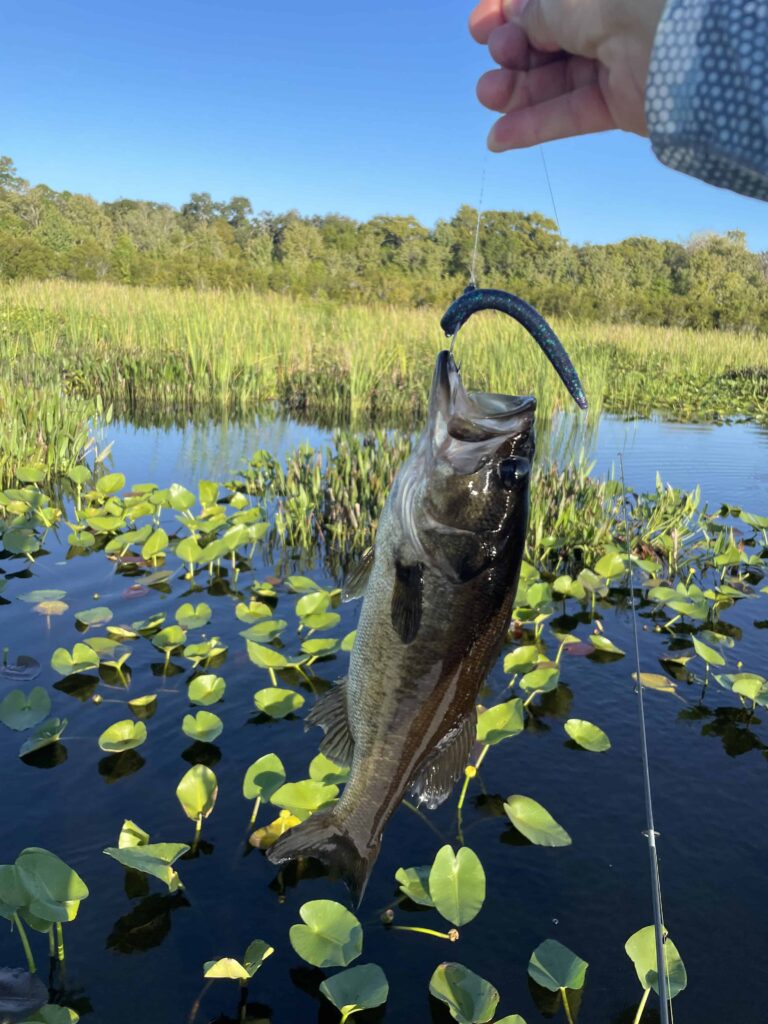
Armed with knowledge about bass behavior, let’s explore some proven techniques to make your summer bass fishing trips successful.
1. Early Morning and Late Evening Fishing
The early bird gets the bass! During the summer, the best times to fish are early in the morning and late in the evening.
The cooler temperatures during these periods make bass more active and likely to bite.
- Topwater Lures: Early morning and late evening are perfect times to use topwater lures. Frogs, poppers, and buzzbaits can create enticing action on the surface, drawing bass out from cover.
- Subtle Movements: In low light conditions, bass rely more on vibrations and subtle movements. Slow down your retrieve and focus on creating a natural, enticing presentation.
2. Seek Out Shade and Structure
Bass love structure and shaded areas, especially during the heat of the day.
Look for these spots to increase your chances of success.
- Dock Fishing: Docks provide shade and attract baitfish, making them prime spots for bass. Skip your bait under docks to reach bass hiding in the shadows.
- Vegetation: Thick vegetation like lily pads, hydrilla, and hyacinth provide excellent cover and cooler water for bass. Use weedless rigs to fish through these areas without getting snagged.
3. Deep Water Fishing
When the sun is high, bass often move to deeper waters to find cooler temperatures and higher oxygen levels.
- Carolina Rig: A Carolina rig is a great setup for fishing deeper waters. Use a heavy weight to get your bait down to the cooler depths where bass are likely hiding.
- Drop Shot Rig: This finesse technique can be highly effective in deeper water. Use a light weight and a small plastic bait to entice bass that are holding tight to the bottom.
4. Night Fishing
Night fishing can be an excellent way to beat the heat and catch bass when they are more active.
- Black Lights and UV Lures: Use black lights and UV-reactive lures to help you see and attract bass in the dark.
- Slow and Steady: At night, bass rely on their sense of vibration and sound. Use slow, steady retrieves to mimic the natural movement of prey.

Bait Selection for Summer Bass
Choosing the right bait is crucial for summertime bass fishing in Florida.
Here are some options that can make a big difference.
5. Soft Plastics
Soft plastics are versatile and effective for summertime bass.
They can be rigged in various ways to match the conditions and bass behavior.
- Worms: Large plastic worms can be deadly, especially when rigged Texas-style or on a shaky head. Choose darker colors like black and blue for stained water.
- Creature Baits: These baits mimic crayfish and other prey, making them irresistible to bass. Use them in heavy cover or around structure.
6. Crankbaits and Jerkbaits
These lures can cover a lot of water and trigger reaction strikes from bass.
- Deep Diving Crankbaits: Use these to reach bass holding in deeper water. Opt for natural colors that match the local forage.
- Suspending Jerkbaits: These are effective in both shallow and deep water, especially around structures. A slow, erratic retrieve can provoke strikes from lethargic bass.
7. Topwater Lures
Topwater lures are not only exciting to use but also highly effective during low-light conditions.
- Frogs: Perfect for fishing over heavy vegetation and lily pads. Use a slow, steady retrieve with occasional pauses.
- Poppers and Buzzbaits: These create surface commotion that can draw bass from a distance. Use them around docks and other structures during early morning or late evening.
Advanced Techniques for Experienced Anglers
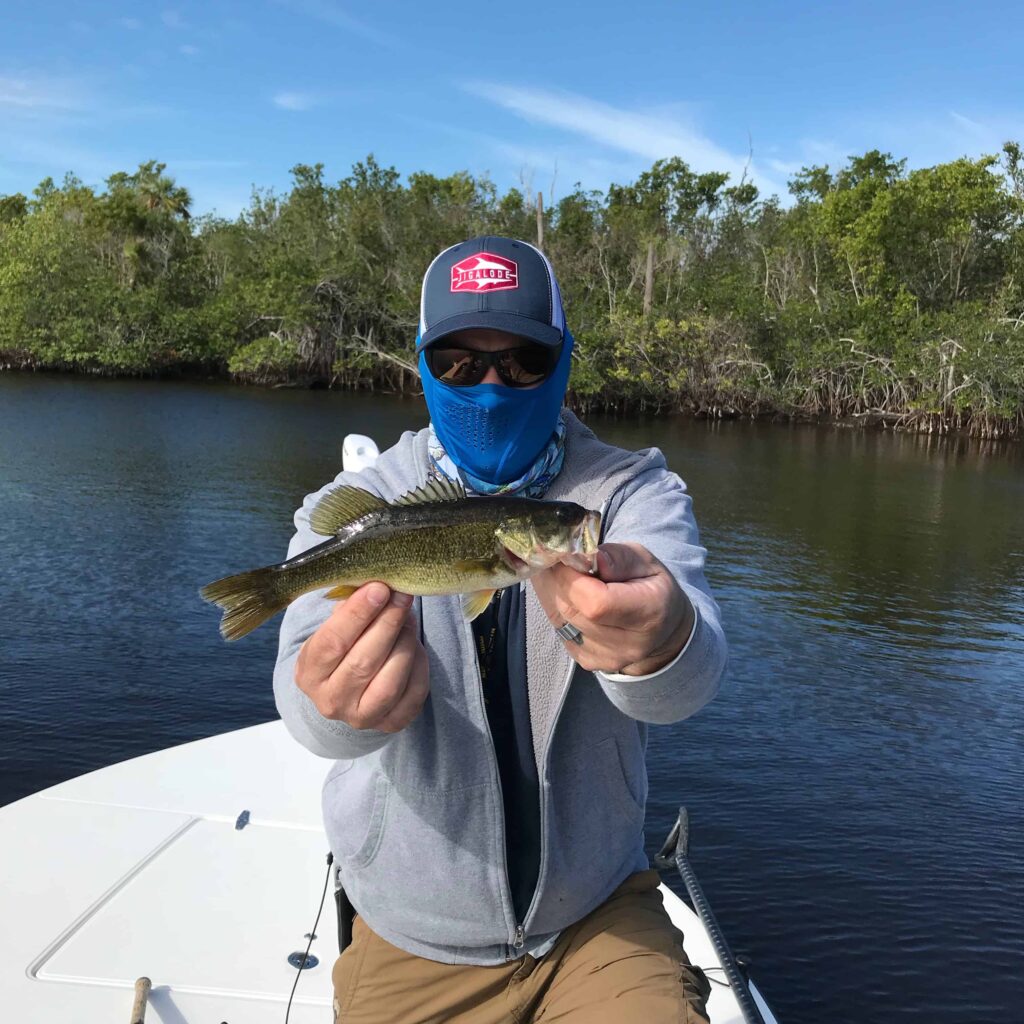
For those who have mastered the basics and are looking to up their game, these advanced techniques can help you land more bass this summer.
8. Punching Through Vegetation
Thick vegetation can be a haven for big bass during the summer.
Punching through this cover requires specialized gear and techniques.
- Heavy Tackle: Use a heavy rod (7’6″ or longer), braided line (50-65 lbs), and a heavy tungsten weight (1-2 oz) to punch through the thick mats.
- Be Patient: Let your bait fall through the vegetation and be ready for a strike as it penetrates the cover. Use a jig or creature bait that mimics the local prey (also known as matching the hatch).
9. Using Electronics
Modern fish finders and GPS units can be invaluable tools for locating bass in deeper waters.
- Sonar: Use your sonar to identify structures, drop-offs, and schools of baitfish. Bass are often found near these features.
- GPS Mapping: Create waypoints for productive areas and use GPS mapping to identify similar spots around the lake.
10. Employing Finesse Techniques
When bass are particularly finicky, finesse techniques can be the key to getting bites.
- Ned Rig: A simple yet effective finesse rig that consists of a small plastic worm on a light jig head. Fish it slowly along the bottom for best results.
- Wacky Rig: Rig a soft plastic stick bait in the middle and let it fall slowly. The subtle action can be irresistible to wary bass.
Tips for Successful Summer Bass Fishing in Florida
Success in summertime bass fishing often comes down to the details.
Here are some additional tips to help you make the most of your trip.
11. Hydration and Sun Protection
Summer in Florida can be brutal, so it’s essential to stay hydrated and protect yourself from the sun.
- Bring Plenty of Water: Drink water regularly to stay hydrated, especially during the hottest part of the day.
- Wear Sun Protection: Use sunscreen, wear a hat, and consider long sleeves and UV-protective clothing like fishing shirts to avoid sunburn.
12. Timing is Everything
Plan your fishing trips to coincide with the best times for bass activity.
- Early and Late: As mentioned earlier, focus on early morning and late evening trips to avoid the heat and target active bass.
- Moon Phases: Pay attention to moon phases. Full and new moons can affect bass behavior, often making them more active at night.
13. Stay Adaptable
Conditions can change rapidly, so be prepared to adapt your tactics as needed.
- Change Baits: If one bait isn’t working, don’t be afraid to switch to something different. Bass can be picky, and sometimes a small change can make a big difference.
- Vary Retrieval Speeds: Experiment with different retrieval speeds and techniques to see what the bass prefer on any given day.
Conservation and Respect for Nature
While catching bass is exciting, it’s also important to practice good conservation and respect for the environment.
14. Catch and Release
If you’re not planning to keep your catch, practice catch and release to help preserve the bass population.
- Handle with Care: Use wet hands or a fish gripper to handle bass, and avoid touching their gills.
- Quick Release: Minimize the time bass are out of the water and release them gently back into their habitat.
15. Leave No Trace
Respect nature by leaving your fishing spot better than you found it.
- Pack Out Trash: Bring a bag to collect any trash and dispose of it properly.
- Respect Wildlife: Avoid disturbing local wildlife and plant life as much as possible.
Final Thoughts
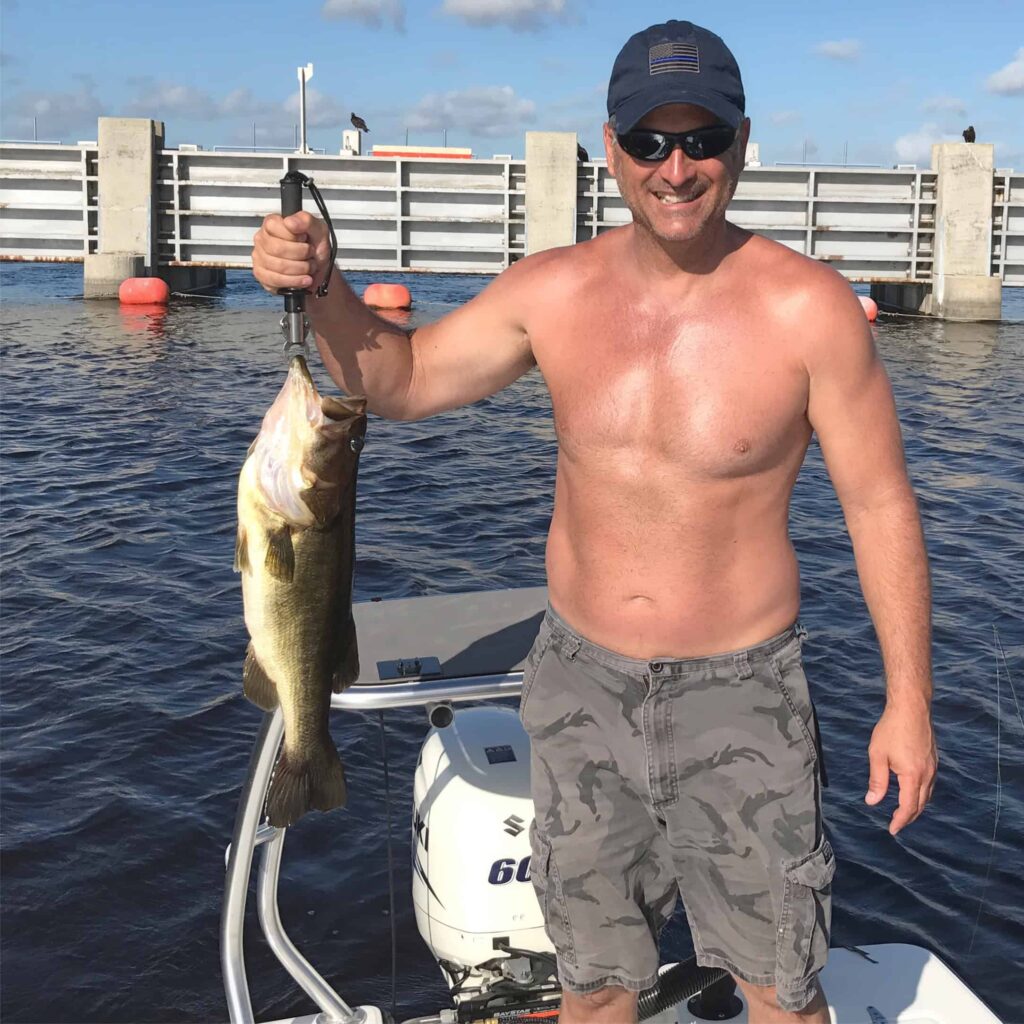
Summertime bass fishing in Florida can be both challenging and incredibly rewarding.
By understanding bass behavior, choosing the right baits, and employing effective techniques, you can increase your chances of landing those big Florida bass.
Remember to stay hydrated, protect yourself from the sun, and practice good conservation.
With patience, persistence, and a little bit of luck, you’ll be enjoying successful fishing trips all summer long.
What are you waiting for? Grab your fishing tackle, hit the water, and get on with the business of summertime bass fishing in Florida.
Tight lines and happy fishing!

